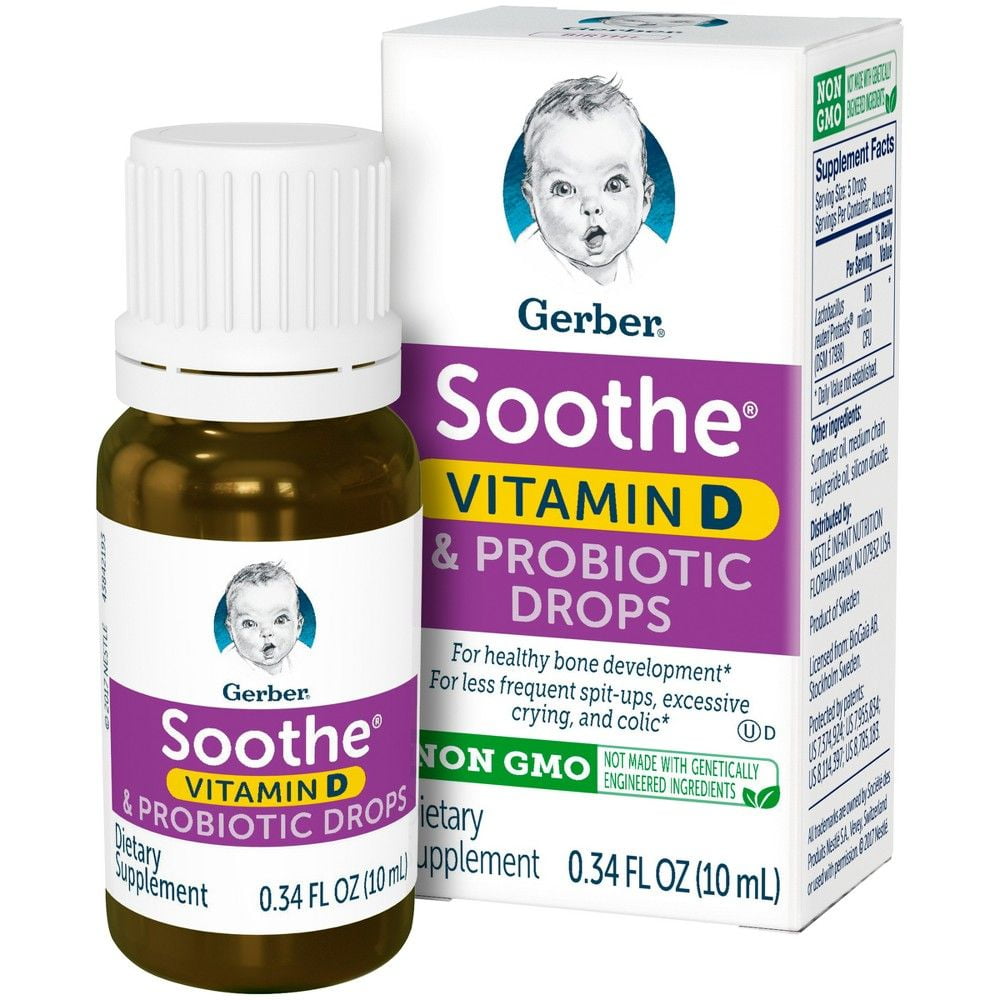

Dietary intake of vitamin D was 4.0 ± 1.9 µg/day, and the participants spent 12.4 ± 8.6 h/week on outdoor activities.

Only 2% of the participants had a 25(OH)D concentration below 50 nmol/L. The average summertime serum 25(OH)D concentration was 88.8 ± 22.4 nmol/L. Vitamin D status of 450 physically active elderly who do not use vitamin D supplements was determined and information on possible determinants (demographic, dietary intake and physical activity) was collected around a prolonged four day walking event in July and analyzed in linear regression models.

Although determinants of vitamin D status have been studied in various populations, this has not been examined in elderly that have a physically active lifestyle. Identification of determinants of vitamin D status may provide leads for specific deficiency prevention strategies. Vitamin D deficiencies are common in elderly, which increases the risk for, e.g., bone fractures.


 0 kommentar(er)
0 kommentar(er)
